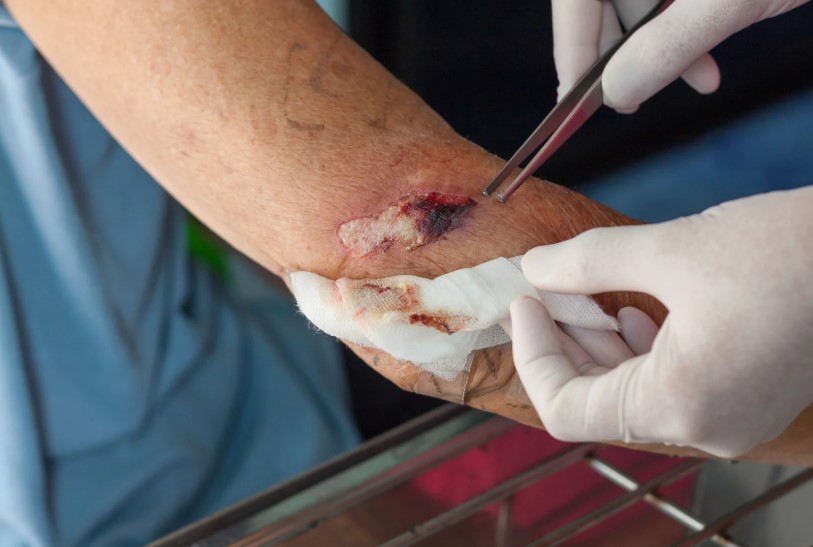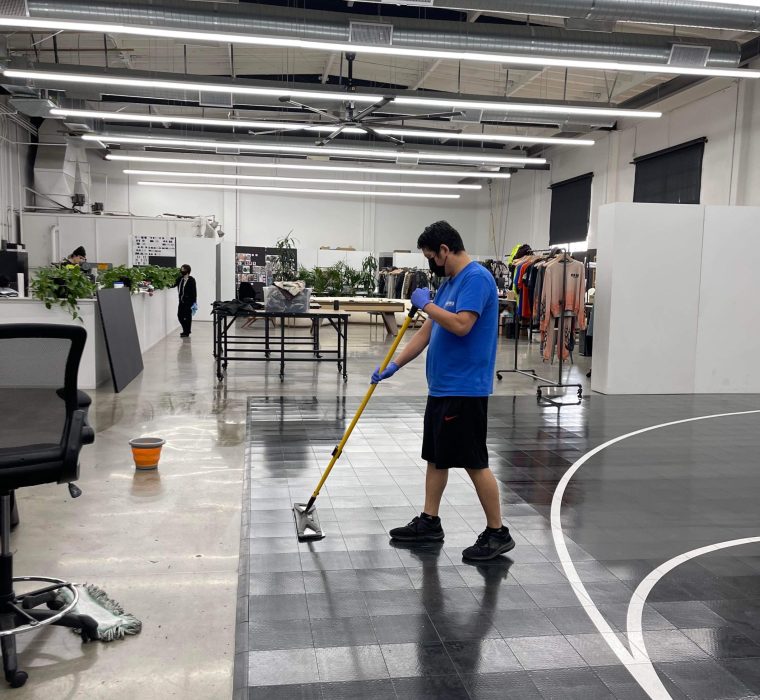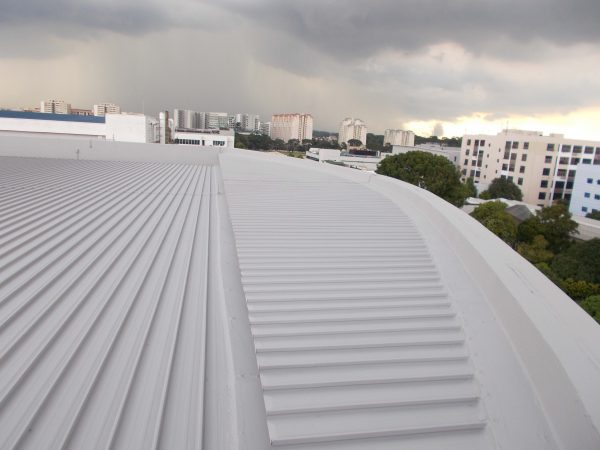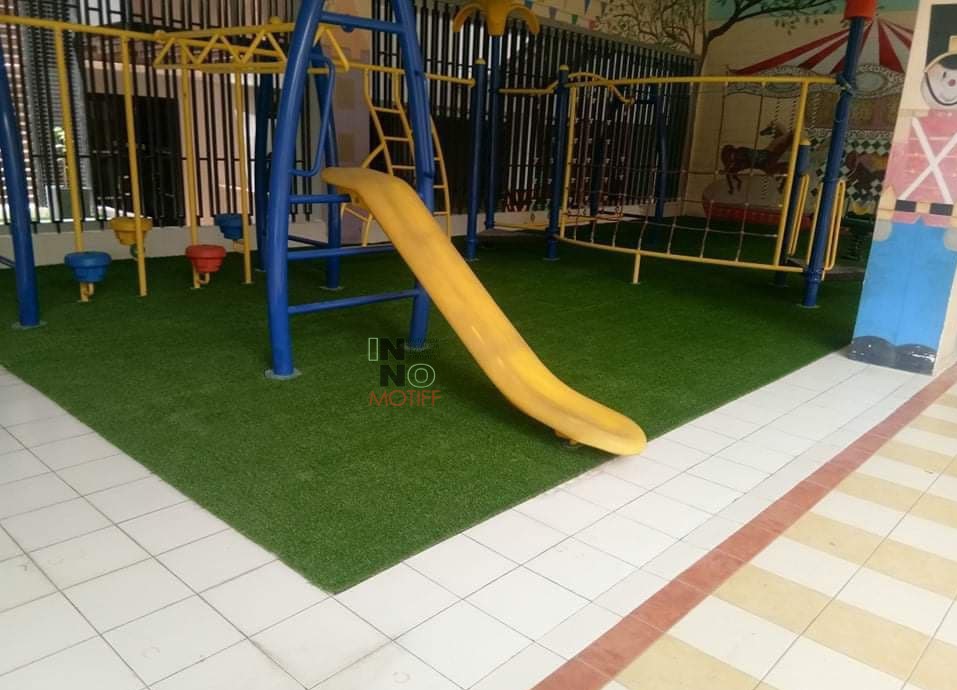Burn injuries are among the most painful and challenging wounds to manage. Whether caused by heat, chemicals, electricity, or radiation, burns require proper Burn Wound Care to prevent infection, promote healing, and reduce scarring. Understanding the different types of burns and applying the right wound care approach can make the difference between smooth recovery and long-term complications. For anyone dealing with serious burns, professional care from experts such as Kalingap Wound Care Clinic ensures that treatment is safe, effective, and tailored to each patient’s needs.
What Are the Different Types of Burns?
First-Degree Burns
First-degree burns affect only the outer layer of skin, also called the epidermis. They are often red, painful, and dry, without blisters. Sunburn is one of the most common examples of a first-degree burn. With the right Burn Wound Care, these injuries usually heal within a week and rarely cause long-term damage.
Second-Degree Burns
Second-degree burns go deeper, damaging both the epidermis and the dermis. They are usually red, swollen, and accompanied by blisters. These burns are extremely painful and carry a higher risk of infection if not properly managed. Scalding from hot liquids, chemical splashes, or extended flame exposure are common causes. Burn Wound Care for second-degree burns often involves sterile dressings, pain control, and careful monitoring to prevent complications.
Third-Degree Burns
Third-degree burns are the most severe, affecting all layers of the skin and sometimes underlying tissues. The skin may appear white, charred, or leathery, and surprisingly, the pain may be less intense due to nerve damage. These burns are medical emergencies and require immediate professional Burn Wound Care. Treatments may include skin grafts, advanced dressings, and long-term rehabilitation.
Other Types of Burns
Beyond these common categories, burns can also be caused by electricity, chemicals, or radiation. Electrical burns can cause deep tissue damage that isn’t always visible on the surface. Chemical burns require rapid flushing and medical assessment, while radiation burns—such as those from cancer treatments—need specialized Burn Wound Care strategies. Each type demands prompt evaluation by trained professionals like those at Kalingap Wound Care Clinic.
The Right Wound Care Approach for Each Burn
First-Degree Burns Care
For first-degree burns, the best Burn Wound Care includes running cool (not cold) water over the affected area for several minutes, applying soothing aloe vera gel, and taking over-the-counter pain relievers if needed. It’s important to avoid using ice or home remedies such as butter, as these can worsen the injury.
Second-Degree Burns Care
Caring for second-degree burns requires a more cautious approach. Gentle cleaning with mild soap and water followed by sterile, non-stick dressings helps protect the wound. Since these burns are prone to infection, monitoring for pus, fever, or spreading redness is crucial. If symptoms worsen, visiting Kalingap Wound Care Clinic ensures professional intervention to avoid long-term complications.
Third-Degree Burns Care
Third-degree burns should never be self-treated. Immediate medical assistance is essential. Professional Burn Wound Care includes pain management, advanced wound dressings, intravenous fluids, and often surgical procedures such as skin grafting. Specialists at Kalingap Wound Care Clinic are trained to handle these emergencies with the highest standards of care.
Specialized Care for Electrical, Chemical, and Radiation Burns
For electrical burns, the priority is removing the patient from the power source and seeking urgent care. Chemical burns require flushing with large amounts of water and immediate medical assessment. Radiation burns often need long-term wound care management. Each of these cases benefits from the expertise of Kalingap Wound Care Clinic, where individualized treatment plans help improve healing outcomes.
Why Proper Burn Wound Care Matters
The importance of proper Burn Wound Care goes beyond comfort. Correct management prevents infections that could spread and become life-threatening. It also minimizes scarring, supports faster healing, and protects long-term skin health. For individuals recovering from moderate to severe burns, professional care from Kalingap Wound Care Clinic ensures that healing is handled with the latest medical techniques and compassionate attention.
When to Seek Professional Burn Wound Care Immediately
Not every burn can or should be treated at home. Seek immediate medical help if you notice:
- Signs of infection such as pus, swelling, or fever
- Burns that cover large areas of skin
- Burns on sensitive areas like the face, hands, feet, or genitals
- Severe pain that does not improve with basic care
- Numbness or charred skin indicating possible nerve damage
For these situations, prompt evaluation at Kalingap Wound Care Clinic ensures that complications are avoided and recovery is properly supported.
Takeaway
Recognizing the type of burn and applying the right Burn Wound Care approach are essential steps for healing and preventing complications. While minor burns can often be managed at home, deeper or more severe burns require professional care. For the most reliable treatment and compassionate support, Kalingap Wound Care Clinic is the best partner to trust. Their specialized expertise ensures that patients receive the care needed for both immediate recovery and long-term skin health.
FAQ Section
Q1: How do I know if a burn needs medical attention?
Burns that blister, cover a large area, or appear white or charred should be treated immediately by professionals. Kalingap Wound Care Clinic can assess and provide the right care.
Q2: Can I use ice on a fresh burn?
No, ice can damage the skin further. The proper Burn Wound Care is to use cool running water instead.
Q3: What is the best dressing for burn wounds?
Non-stick, sterile dressings are recommended for most burns. Professional clinics like Kalingap Wound Care Clinic use advanced dressings tailored to the type of burn.
Q4: How long does it take for second-degree burns to heal?
With proper Burn Wound Care, healing may take two to three weeks, though deeper burns can take longer.
Q5: Can burn scars be prevented with proper wound care?
Yes, professional Burn Wound Care reduces the risk of scarring and helps improve skin recovery. Treatments at Kalingap Wound Care Clinic focus on both healing and minimizing scars.










